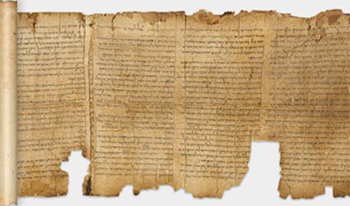
Character recognition is widely considered an essential factor in preserving and digitizing historical handwritten documents. While it has shown a significant impact, the character recognition of historical handwritten documents is still a challenging task. This work aims to present a study on building a character recognition system for a handwritten ancient Hebrew text utilizing convolutional neural networks, dealing with material degradation, script complexity, and varied handwriting style. Our research underlined the importance of creating a ground-truth dataset for a robust and reliable character recognition system. Moreover, this study compares the performance of four convolutional neural network models applied to our dataset.

We propose Identical and Disparate Feature Decomposition (INDeeD) from multi-label data that explicitly learn the characteristics of individual label.